The Murmur of the Dying, 2023
Decoding The Black Box
Galerie Stadt Sindelfingen (DE)
27 January – 16 June 2024
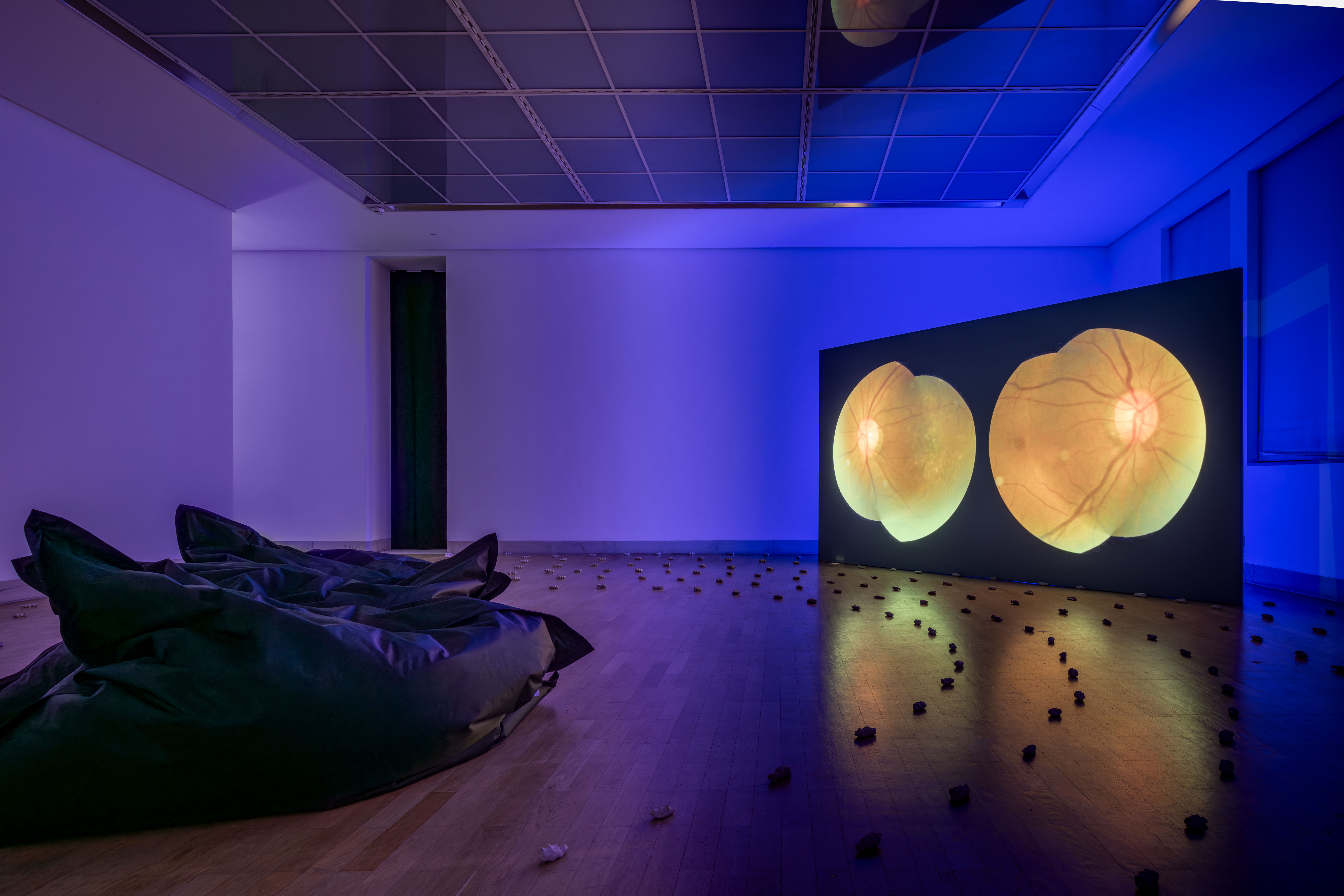
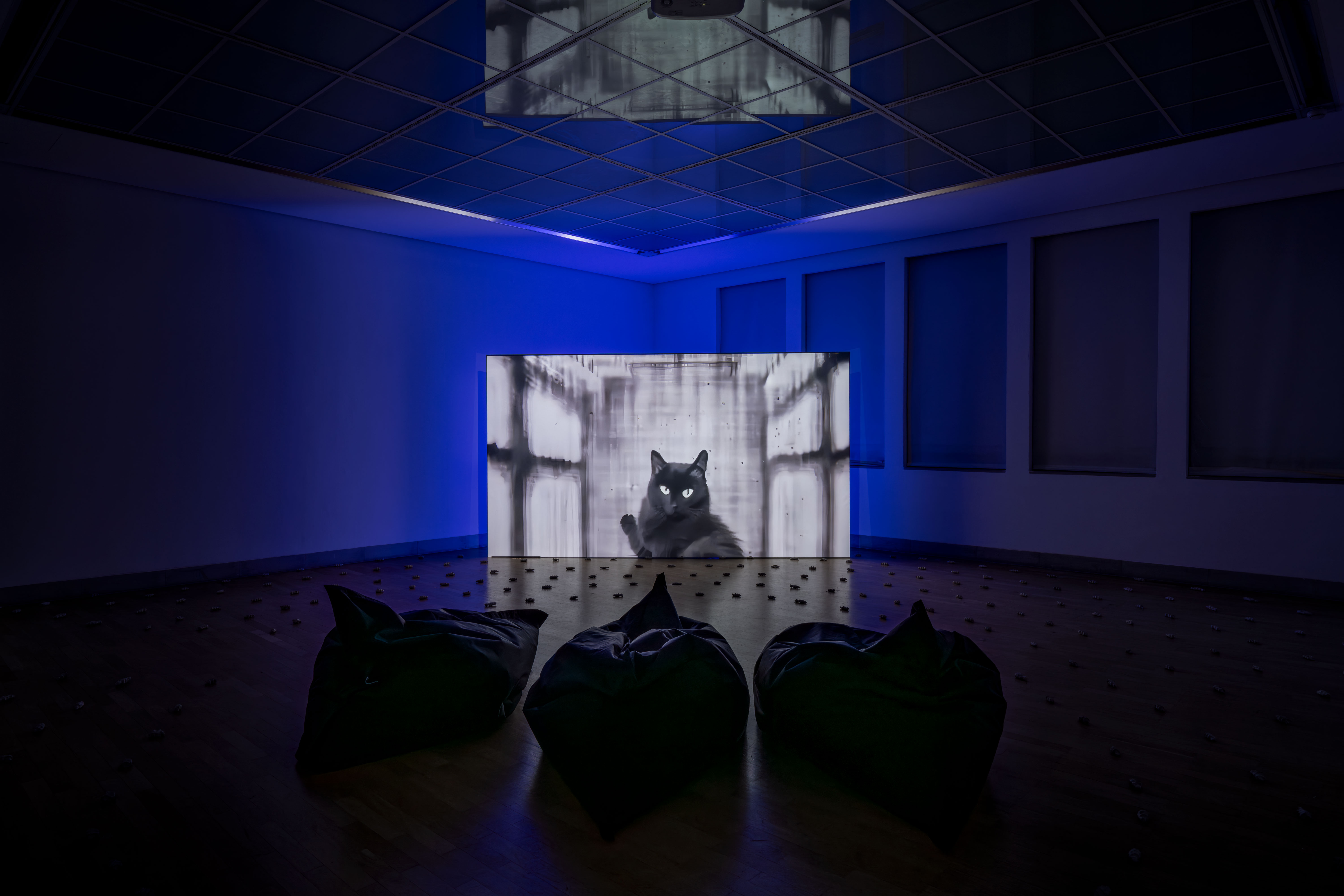
The Murmur of the Dying (2023)
Video installation 10:40min, clay objects
Femke Herregraven’s video installation ‘The Murmur of the Dying’ addresses the complex relations between the voice, prediction, ai, illness, community, and death. It explores how machines are trained to see, classify, and monitor the human body by an artificial medical gaze, and questions what kind of language and community are possible in the face of death when the meaning and function of language breaks down.
Language is considered a code which divides the world into noise and meaning. Around this code communities form. In her work, Herregraven problematises the division between noise and meaning. “There is always a noise, a stammer, a gasp, a rustle which doesn’t belong inside the code. Accordingly, there is always an outsider that doesn’t belong to the community. I’m interested in how to find community in noise, a community that has nothing in common and which excludes no one,”says Herregraven.
For ‘The Murmur of the Dying’ Herregraven developed an experimental voice ai model called “Elaine”. In order to train Elaine, Herregraven has used a variety of sound recordings, such as medicinal recordings of individuals with respiratory illnesses and speech impediments, and members of her own family, like the babbling of her own children, and breathing and mumbling of her parents on their dying bed. ‘Elaine’ explores what we teach machines what human language is, what we can encode into them, and proposes to listen to those moments when we cannot speak or words no longer suffice, like in the face of death.
The voice of Elaine is juxtaposed with the film that is made from ten of thousands medical scans. Each frame in the film represents one patient facing a terminal illness. For Herregraven, the people underpinning these images form ‘the community of the dying’, the community that is not shaped around language or patterns but forged in the noise instead. The complex differences between these clinical images visualise the individuality and diversity that become audible in the voice of “Elaine”— the incalculable human.
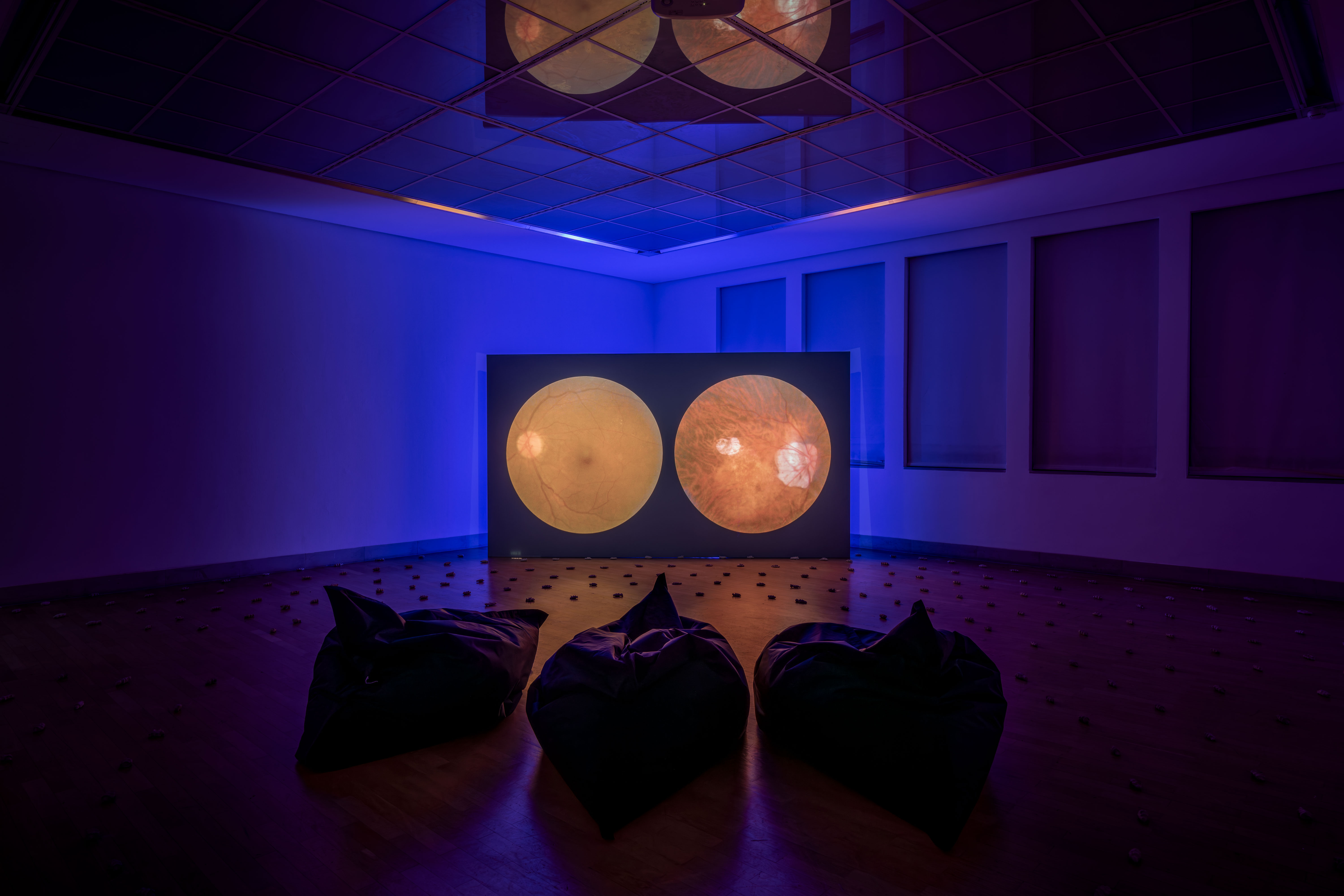


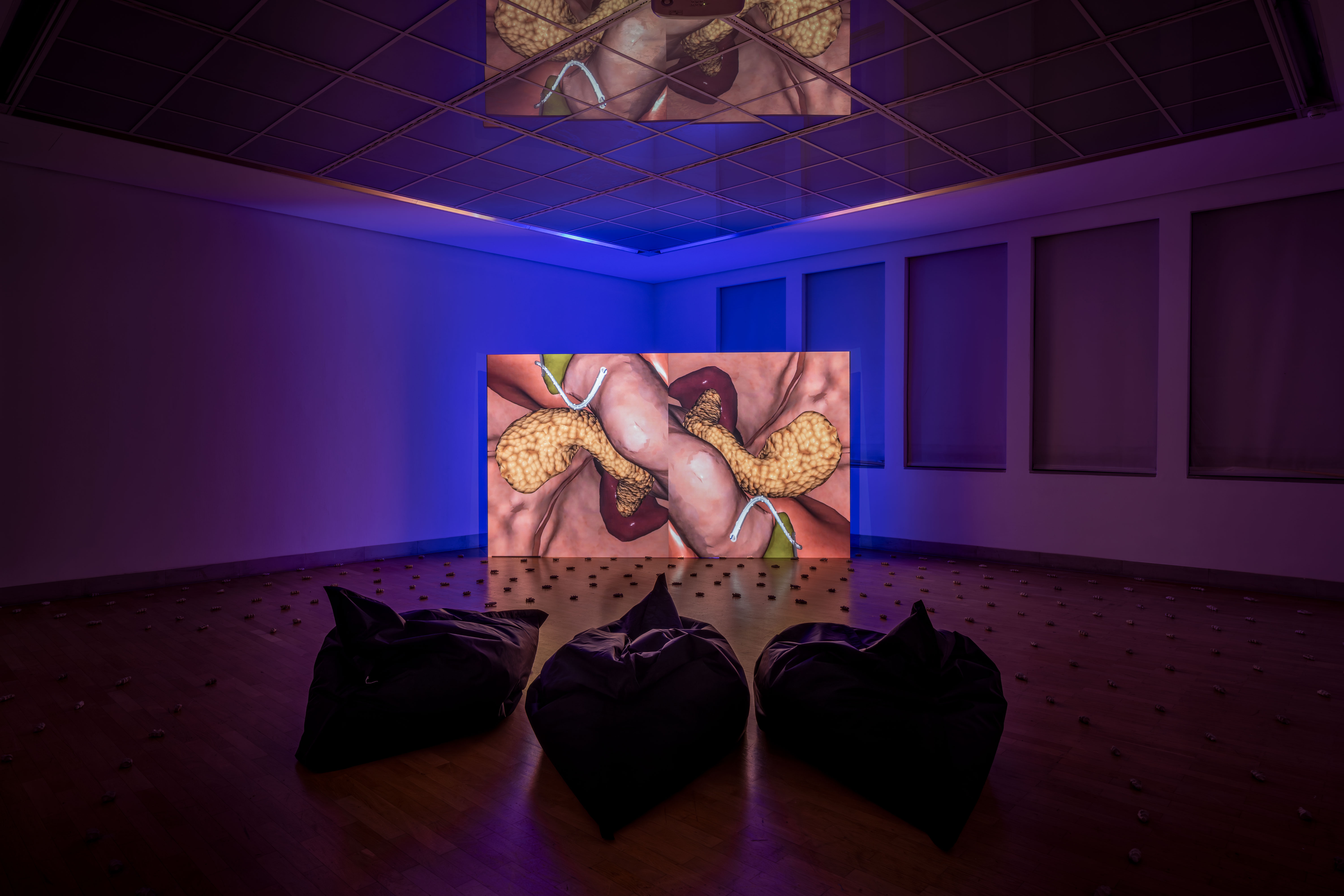
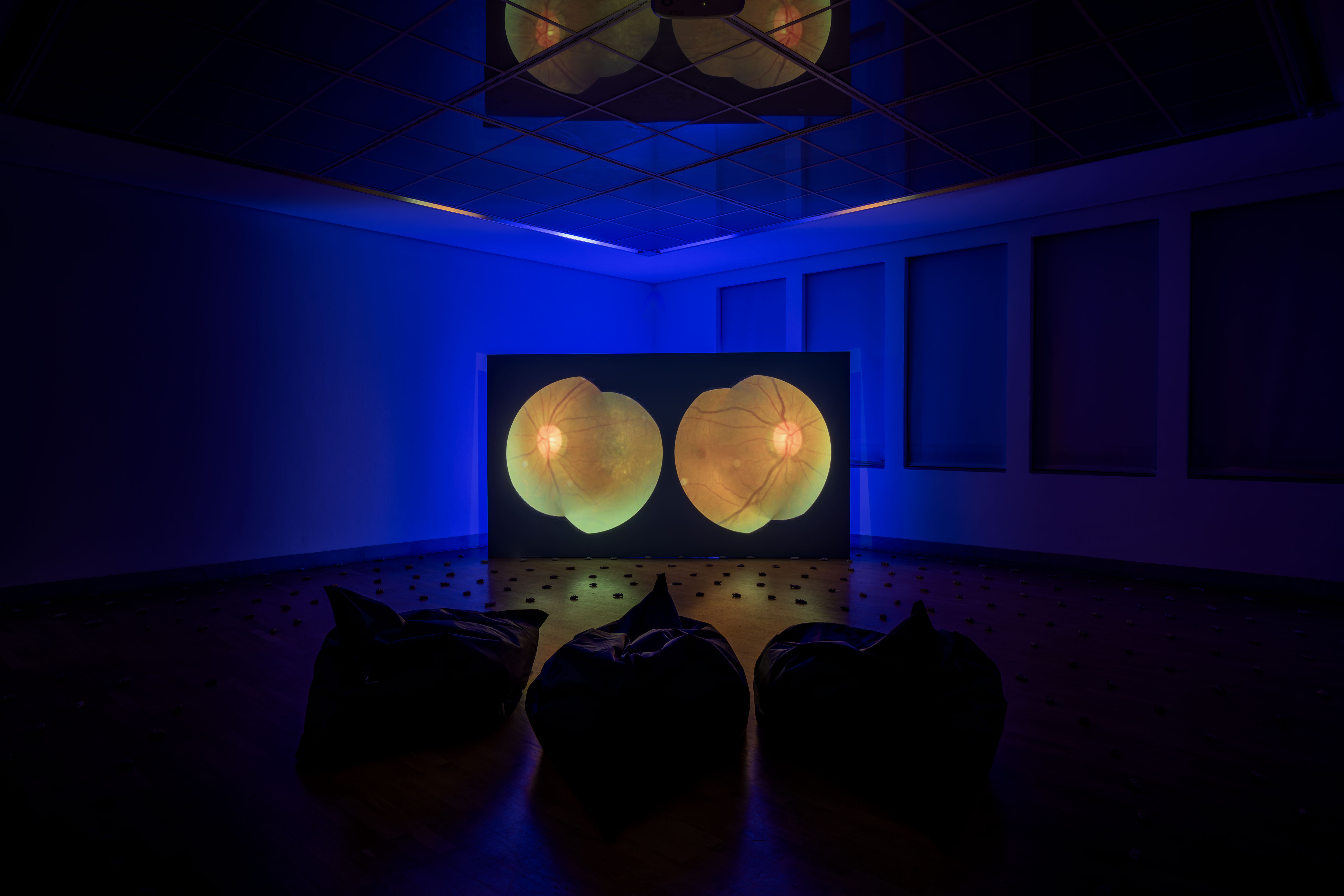
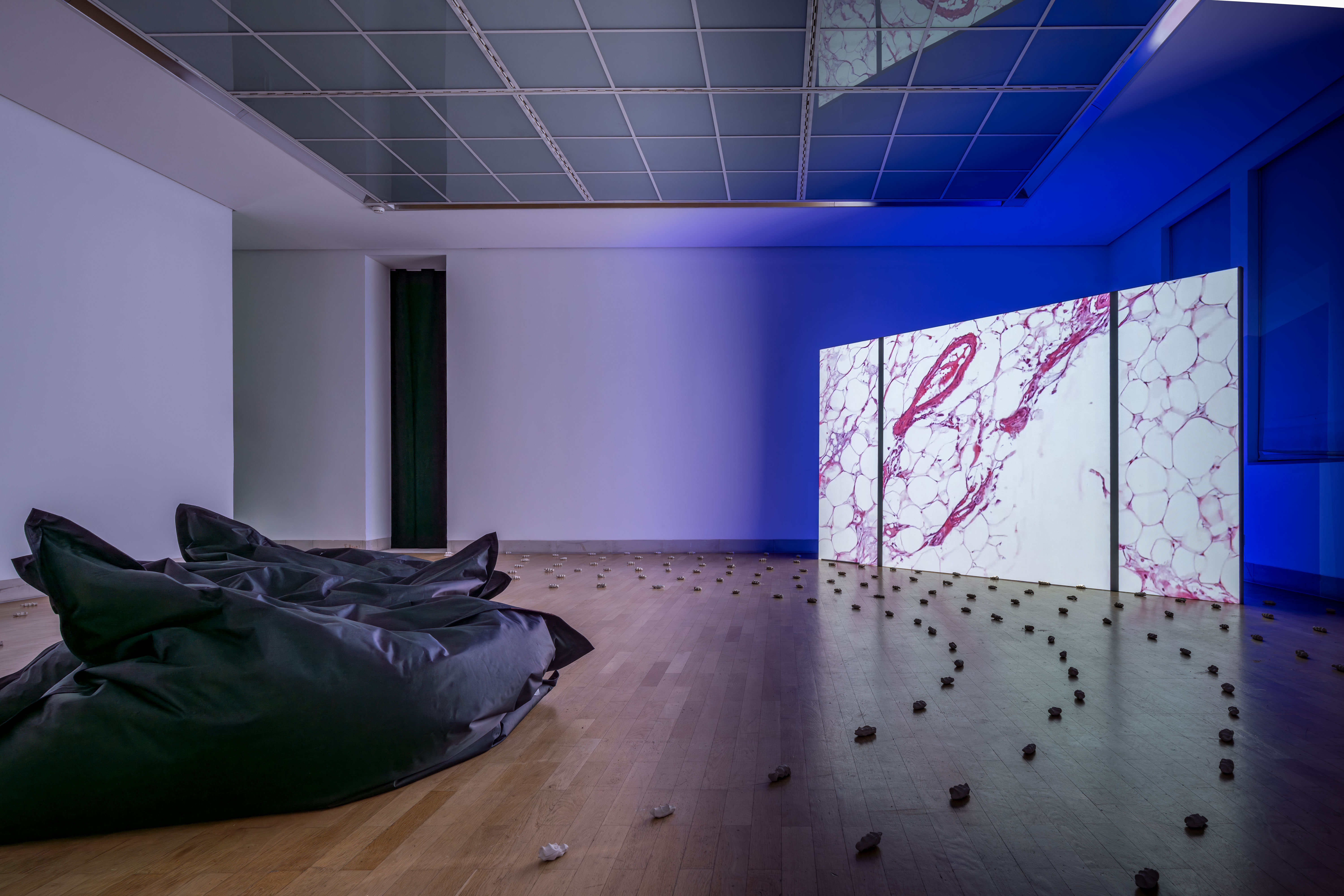
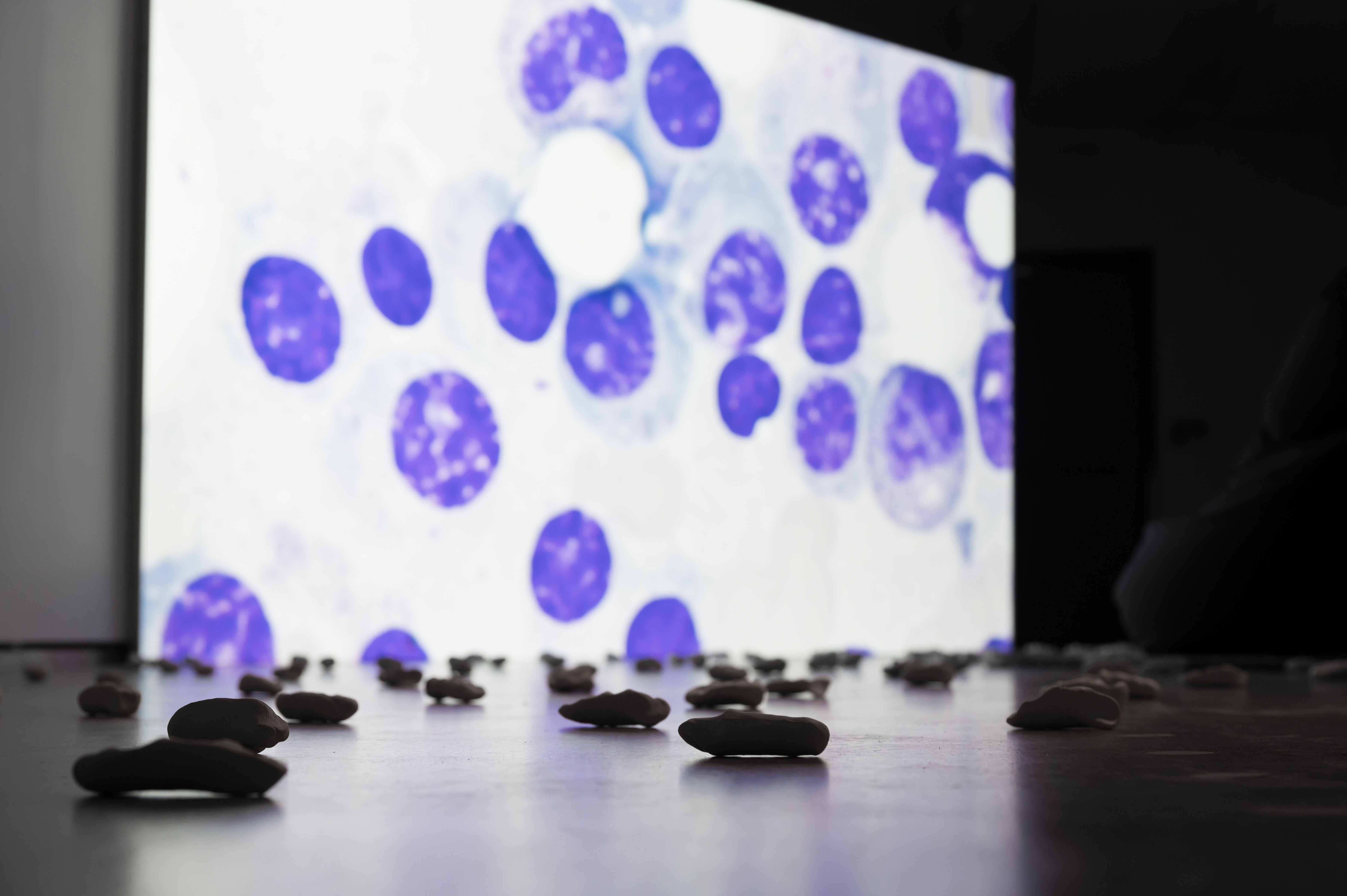
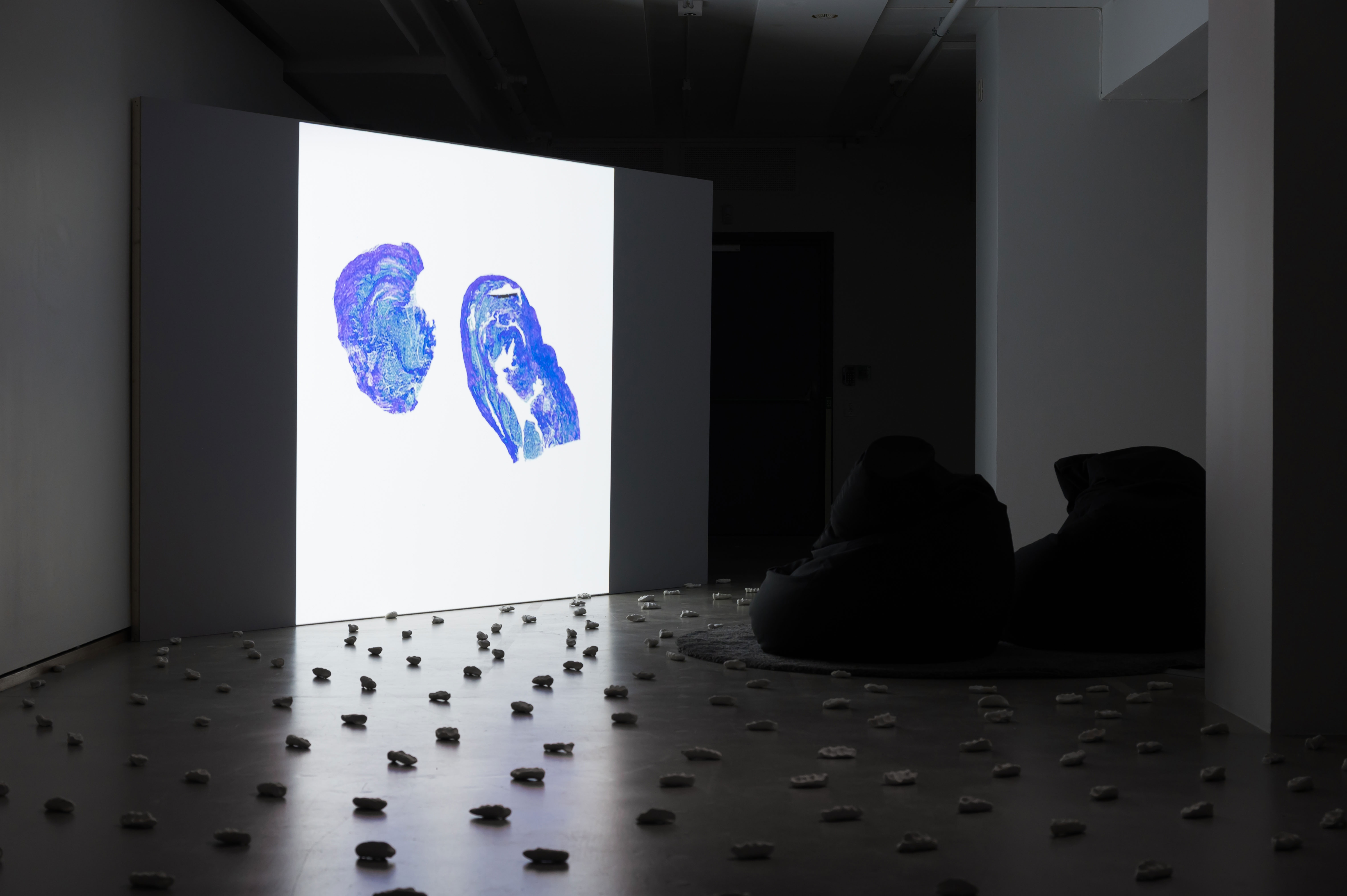
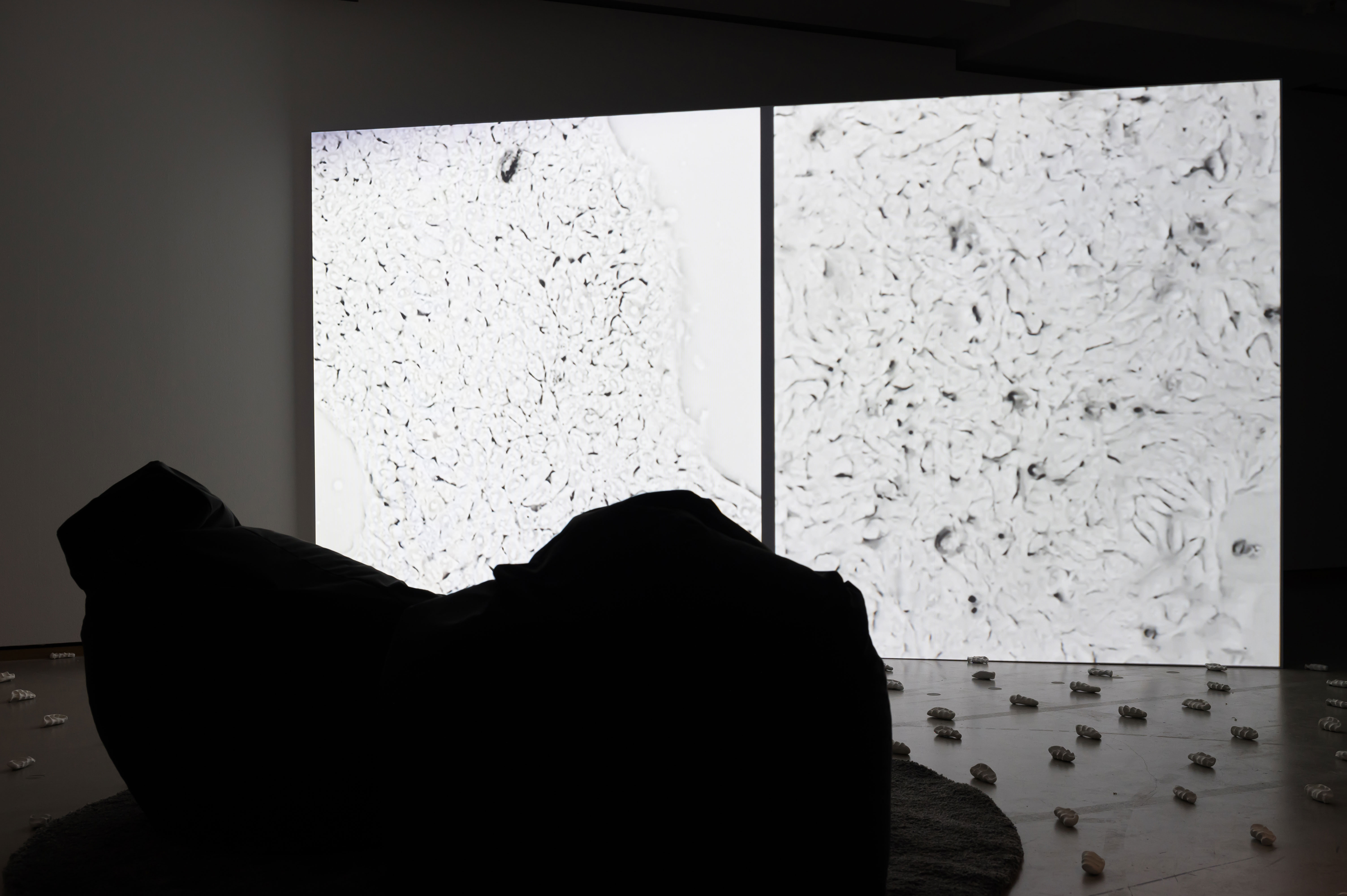
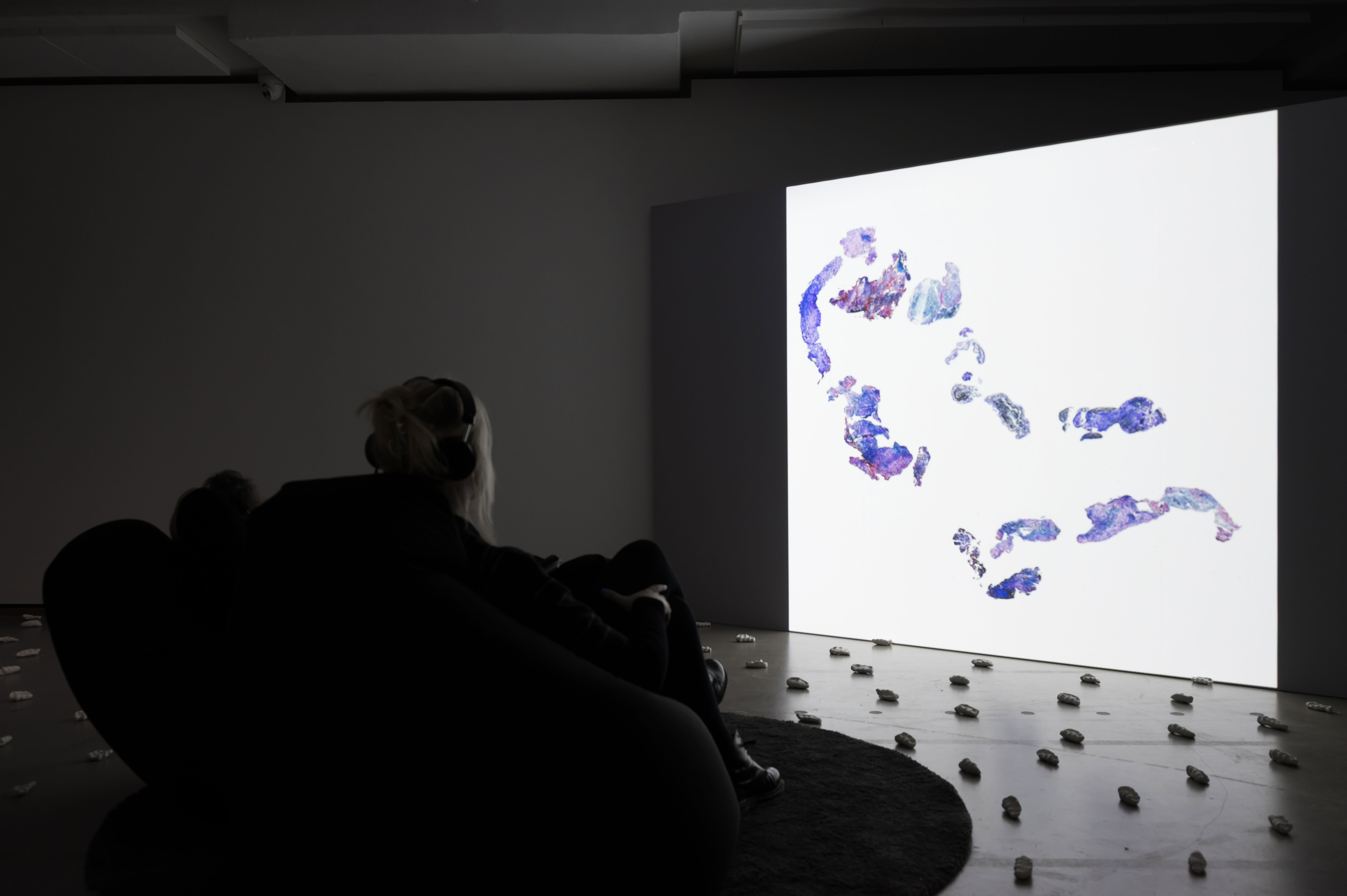
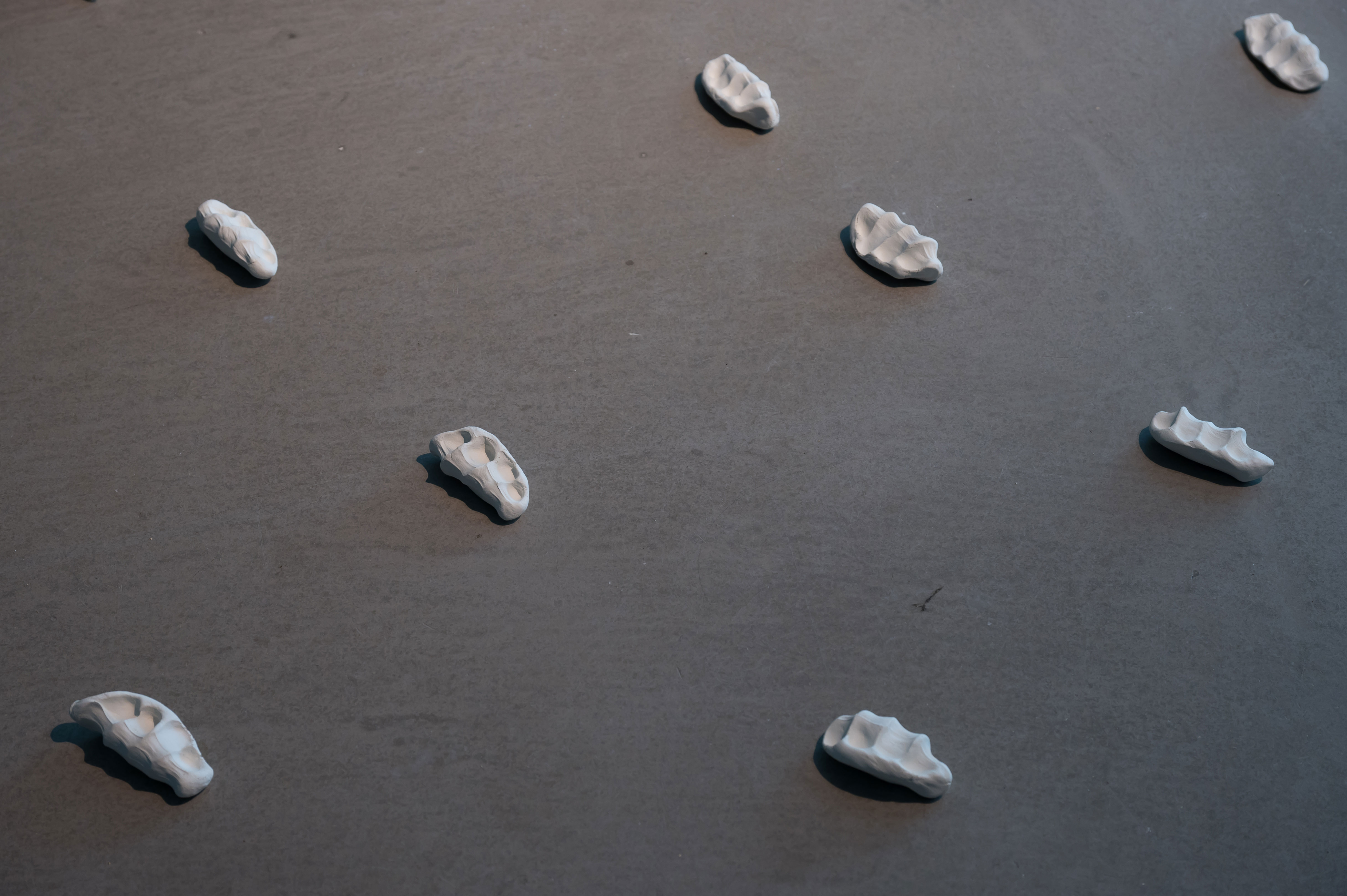

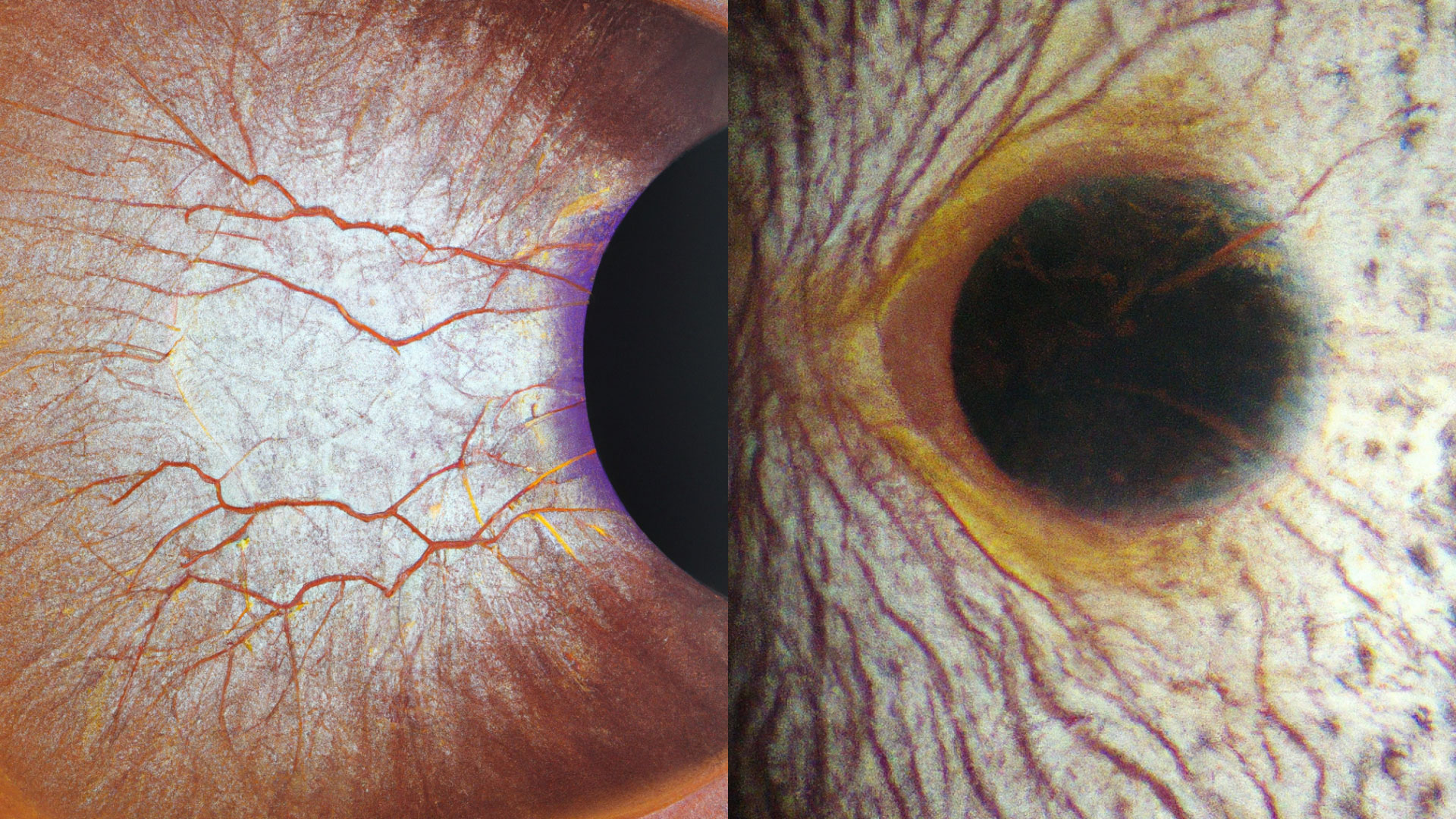
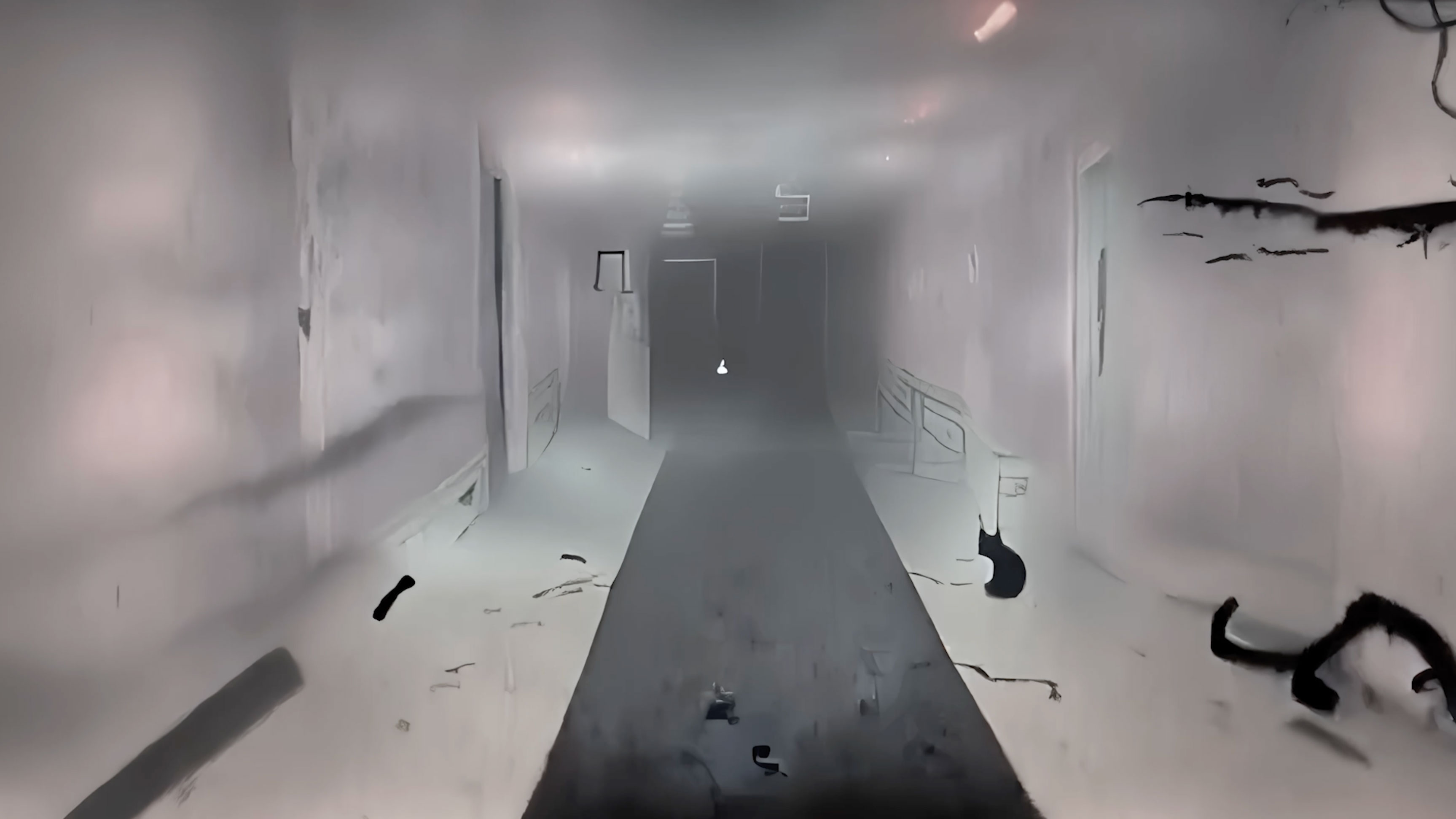
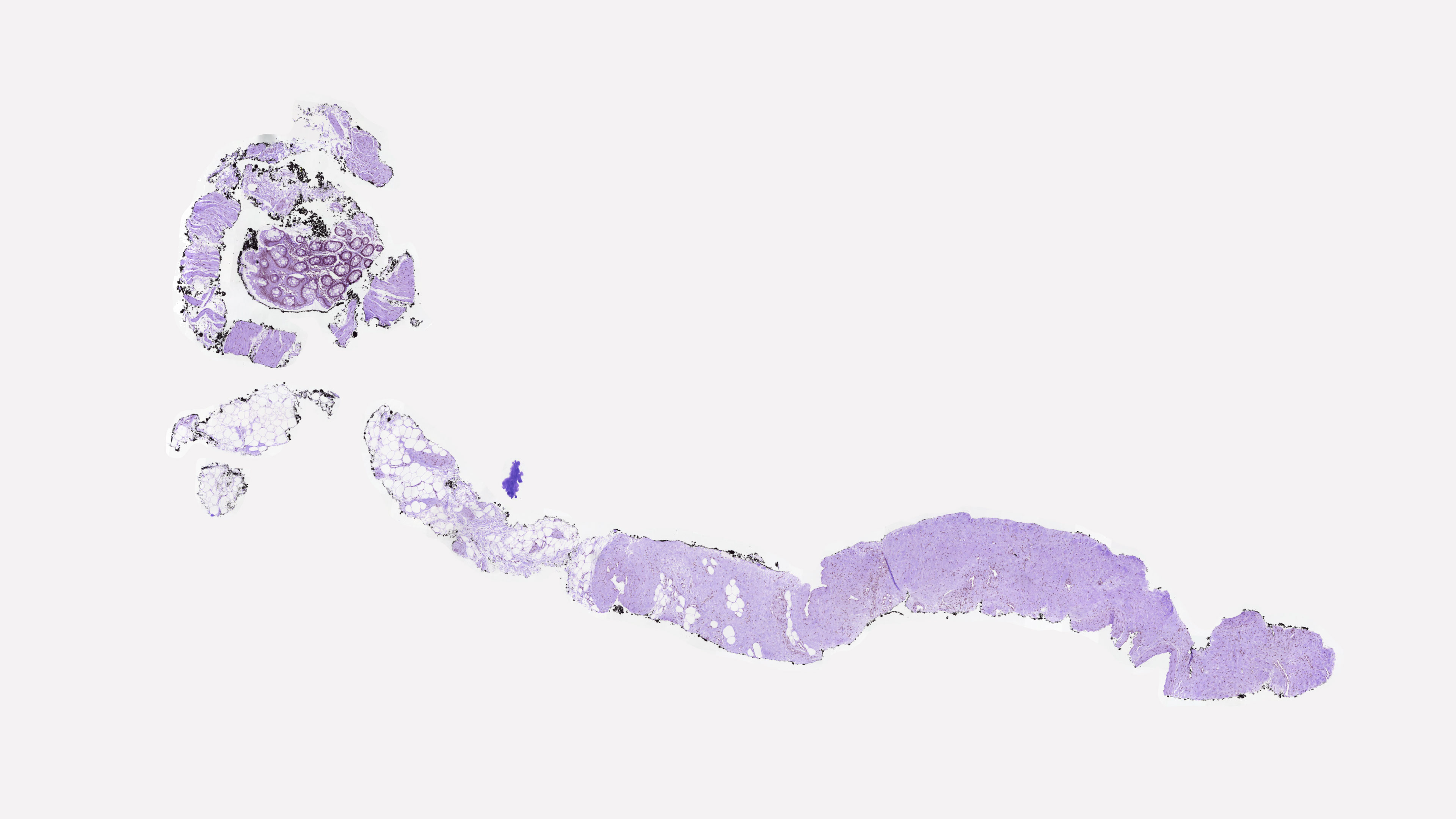
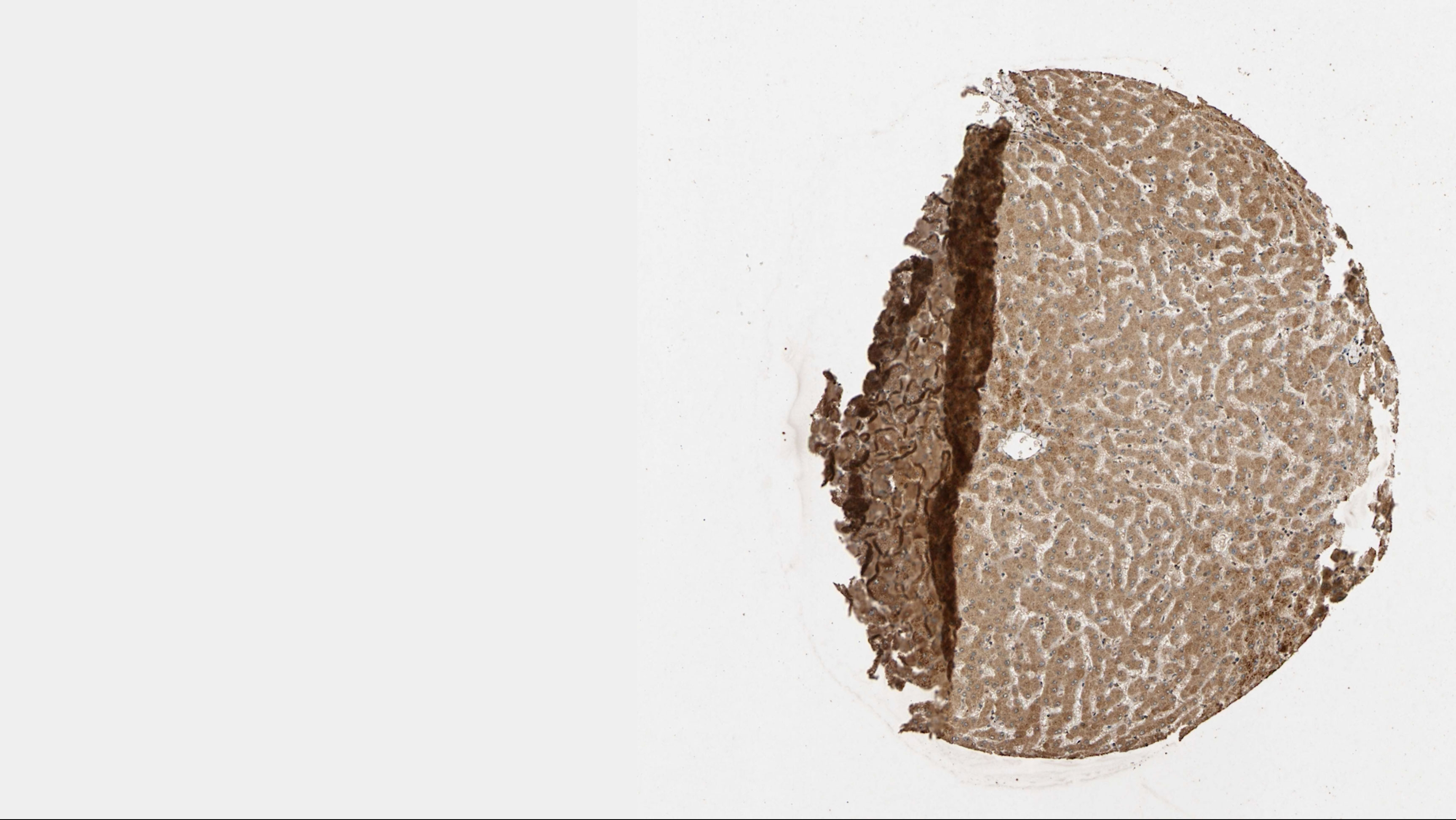
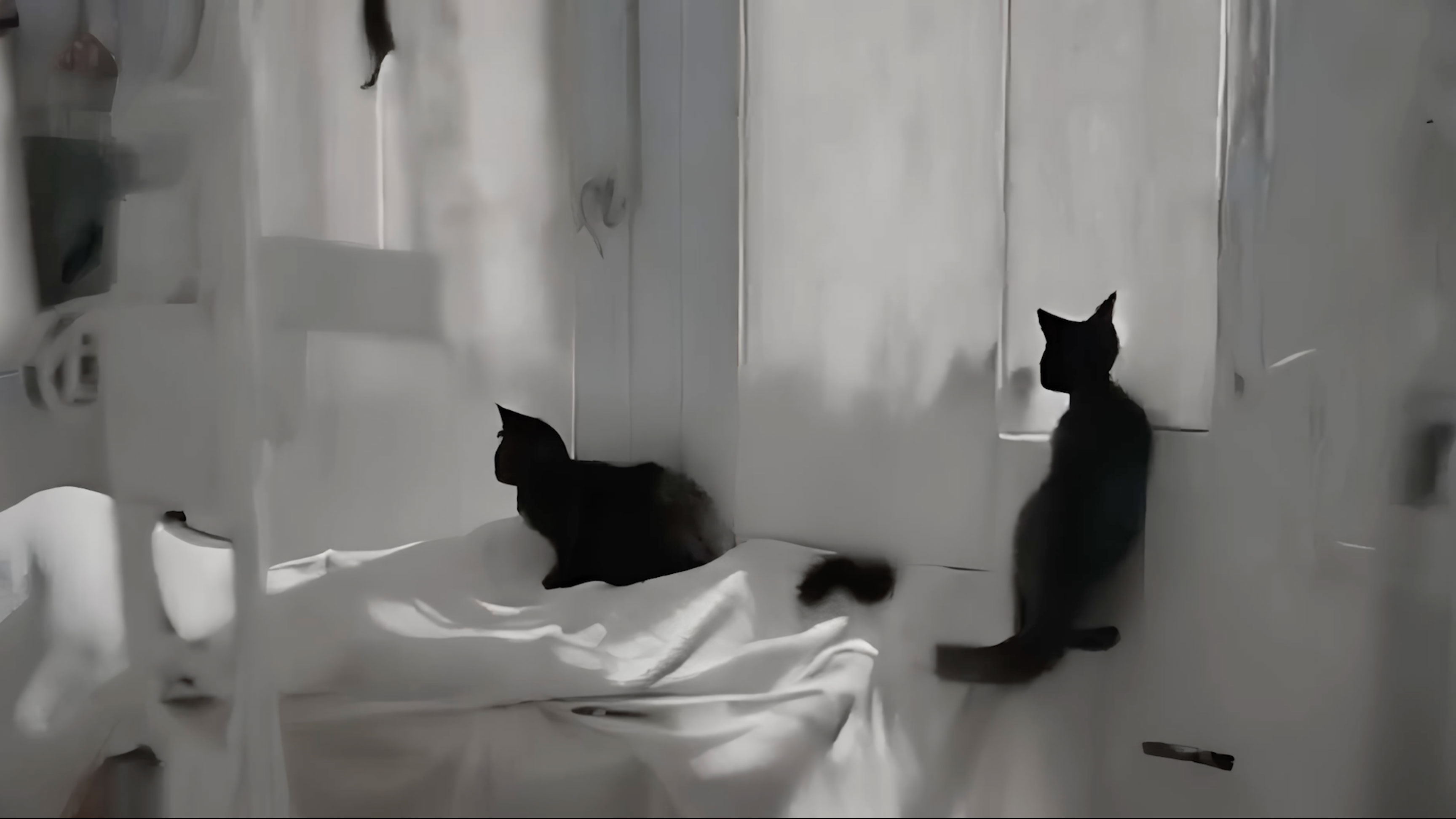
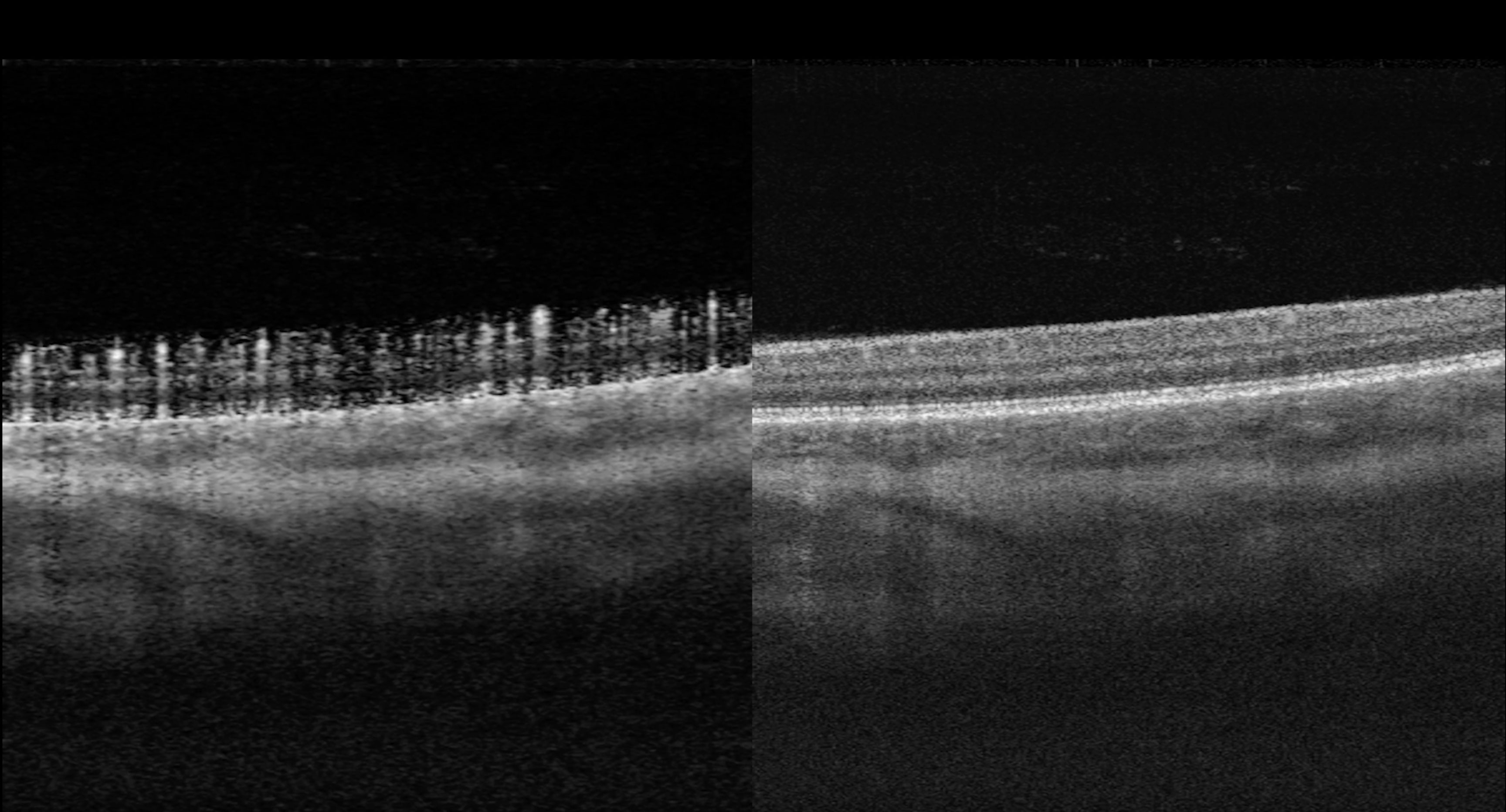

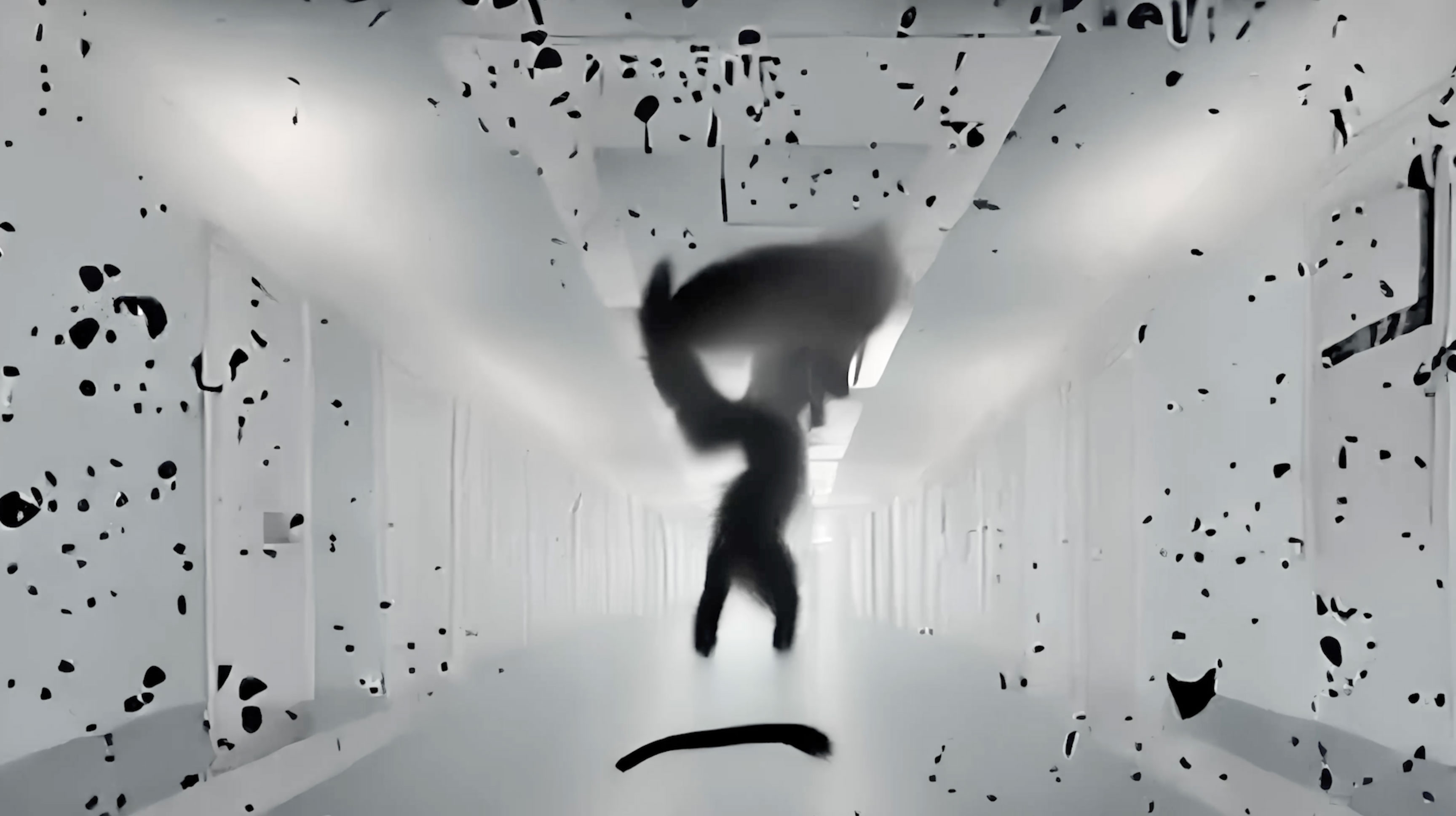
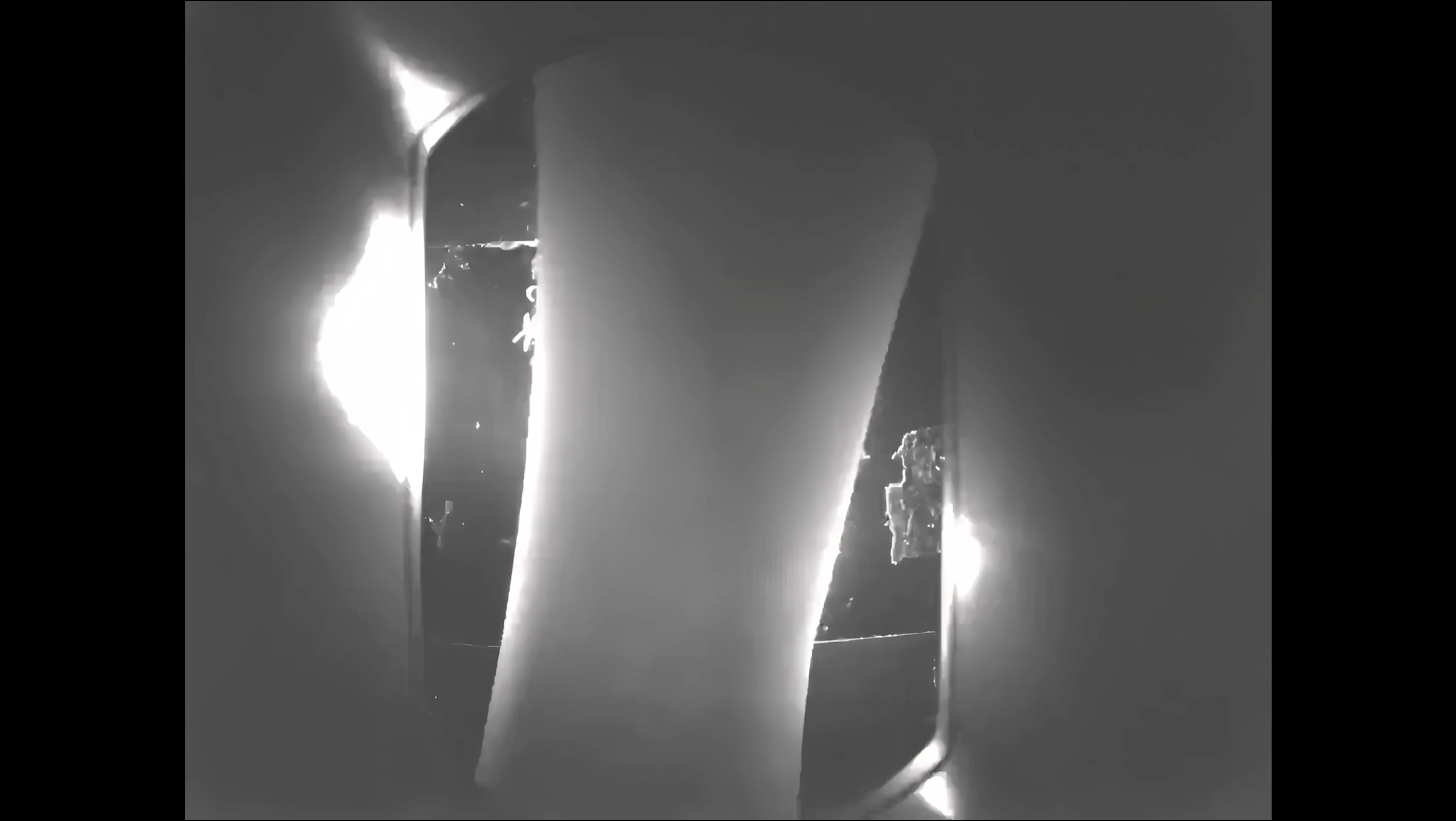
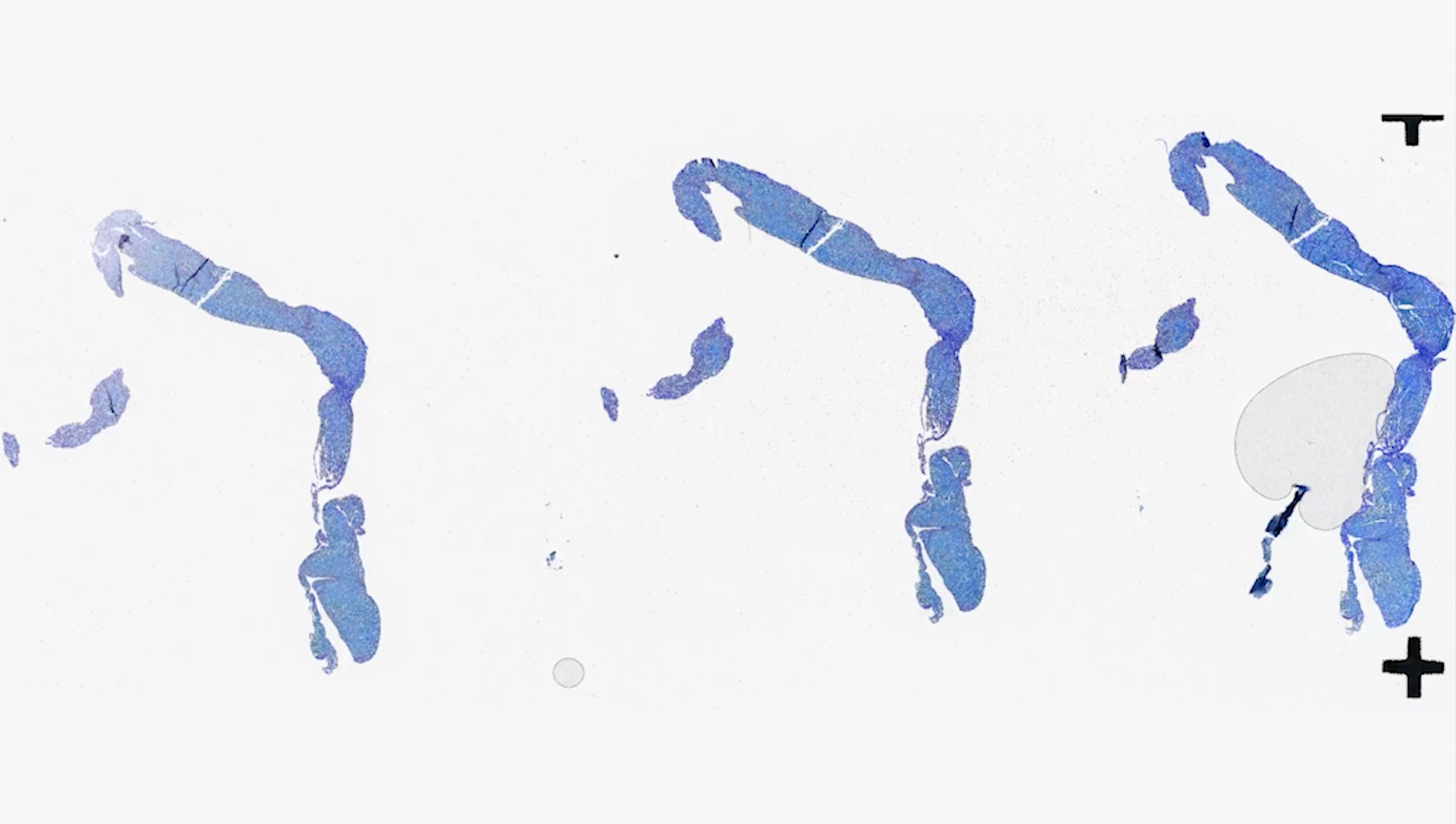
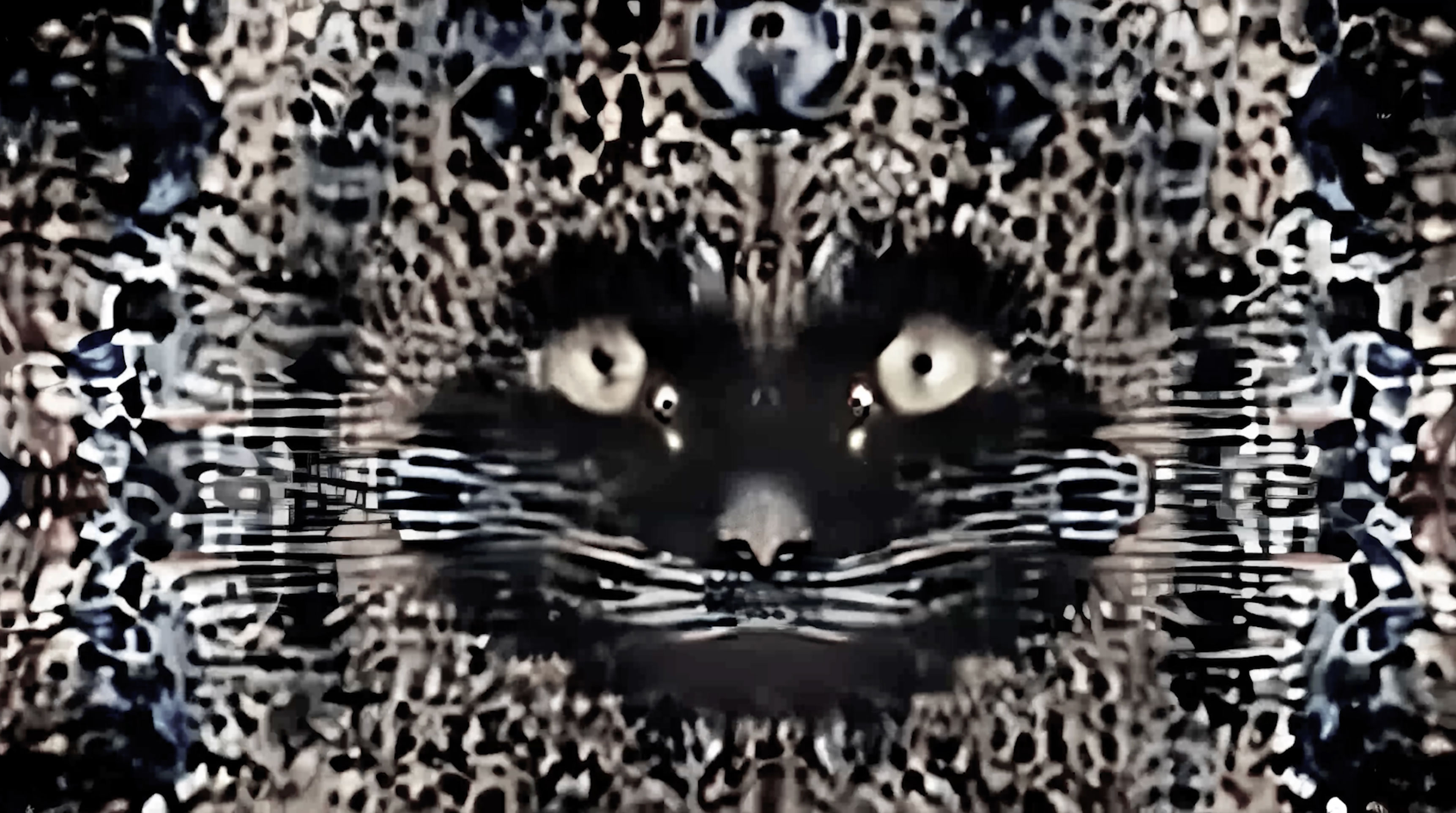
––––––
In collaboration with the ‘Community of the Dying’
Voice – Elaine v0.2.2310
Elaine AI modeling – Gabor Szalatnyai
Sound – BJ Nilsen
Thanks to Flavia Dzodan, Martijn van Boven
Commissioned by Kunsthall Trondheim, Art Hub Copenhagen, Tropical Papers, State of Concept Athens and Swiss Institute
Funded by the European Union